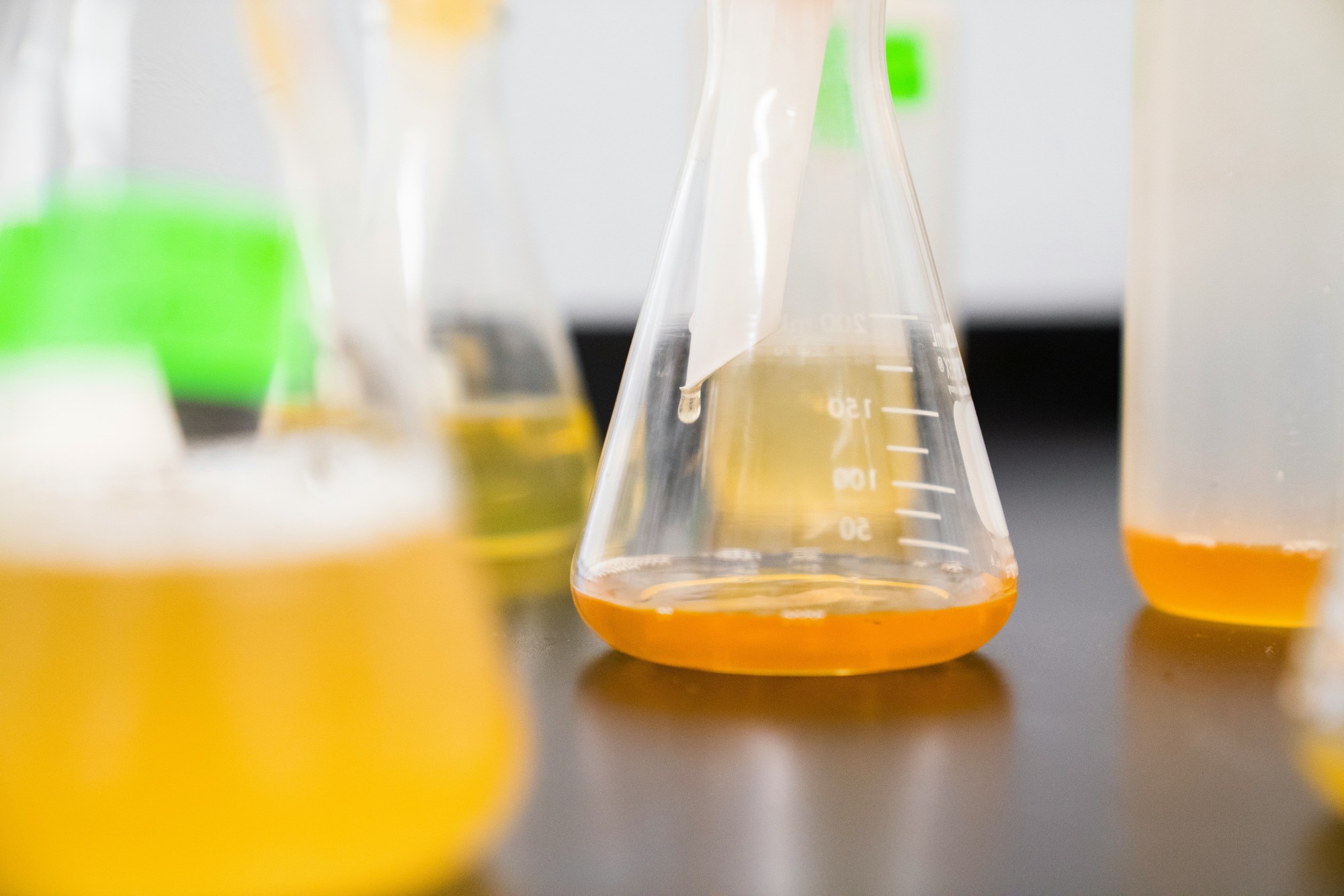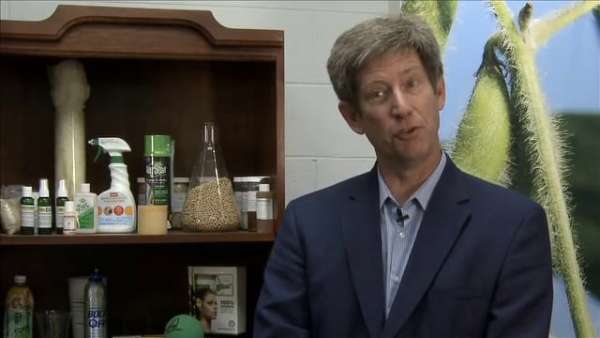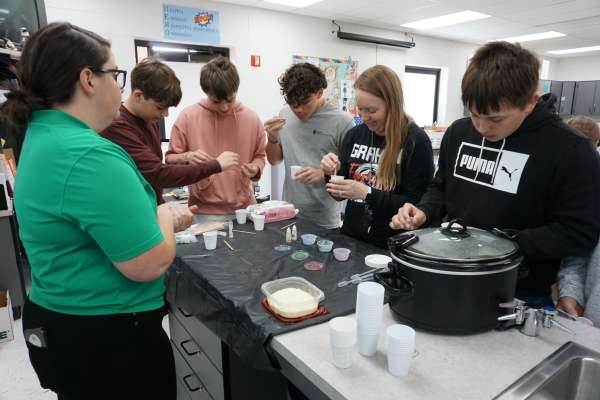Making and testing bioproducts
Lessons
# Introduction to bioproduct terminology
Students identify and differentiate between biobased vocabulary and learn about bioproducts in Ohio by visiting the Airable Lab website.
Files
# Making bioproducts
Students create a variety of products from soy-based and other natural materials.
Files
# Career connection: Bioproducts
Students watch a career video to explore the pathway of developing and innovating new bioproducts.
Files
Teacher background
There are many buzzwords about biobased products. Eco-friendly terminology is not easily decoded. See “Biobased Buzzwords” in the first lesson for help on defining and understanding these terms.
There are however, many products that contain soy ingredients you may not know about. Some examples include Prang™ crayons which are made from soy wax. There are soy candles, soy oil substitutes, soy cleaners, soy plastics and soy based roof rejuvenators. Soy is used in tires and shoe soles, flip flops and even in artificial turf. New uses for soy ingredients are being developed all the time. Visit Airable Research Lab’s website to see some of their developments. They are working on behalf of soybean farmers across Ohio and the United States.
This unit allows your students to become chemists and materials science experts as they create and test their own soy-based products.
Next gen science standards
Science and engineering practices
- Asking questions (for science) and defining problems (for engineering)
- Analyzing and interpreting data
- Using mathematics and computational thinking
- Constructing explanations (for science) and designing solutions (for engineering)
- Obtaining, evaluating, and communicating information
Crosscutting concepts
- Cause and effect
- Scale, proportion, and quantity
- Structure and function
Disciplinary core ideas/content
- ESS2A Earth materials and systems
- ESS3A Natural resources
- ESS3C Human impacts on Earth systems
- LS1A Structure and Function
- PS1A Structure of matter
- PS1B Chemical reactions
- PS2B Types of interactions
- PS2C Stability and instability in physical systems
- ETS1 Engineering Design
- ETS1A Defining and Delimiting an Engineering problem
- ETS1B Developing possible solutions
- ETS1C Optimizing the design solution
- ETS2 Links among Engineering, technology, science and society
- ETS2A Interdependence of science, engineering and technology
- ETS2B Influence of engineering, technology and science on society and the natural world







Share this